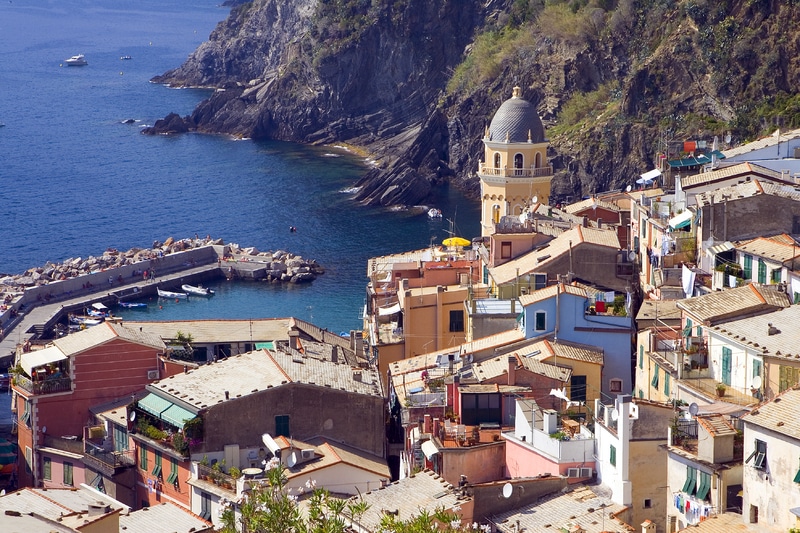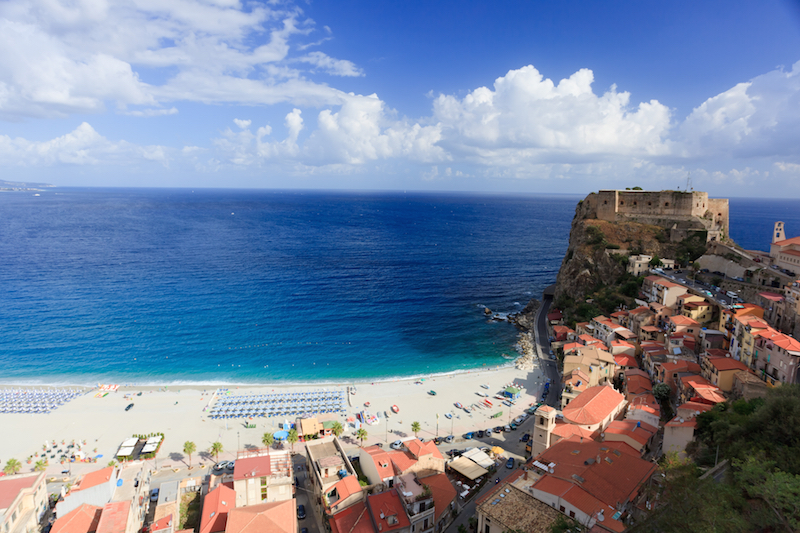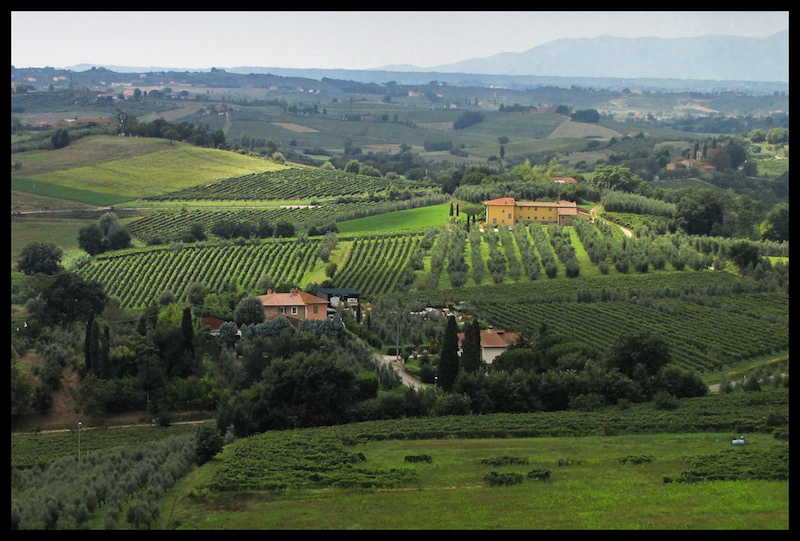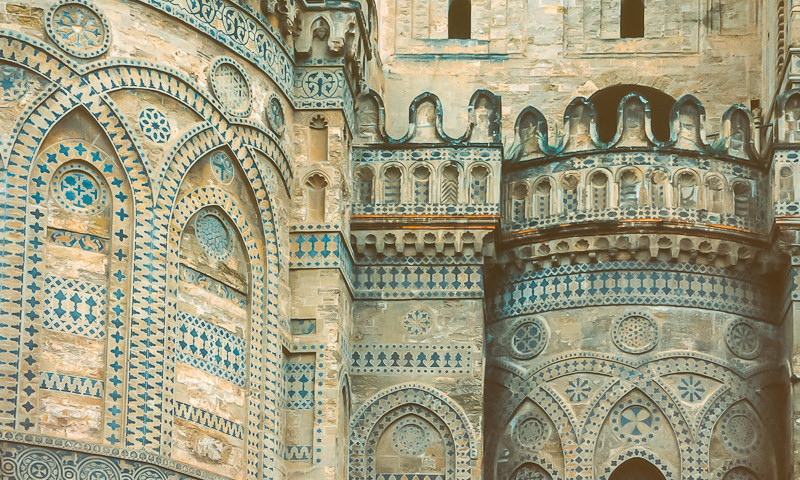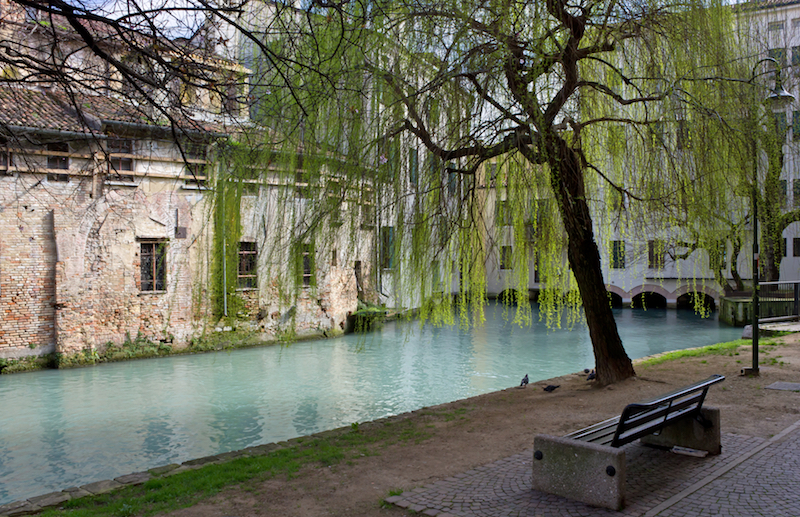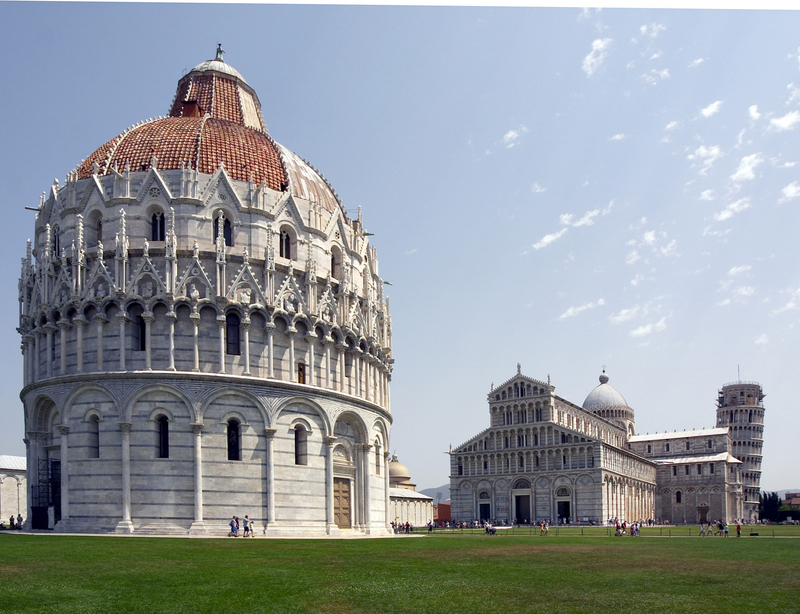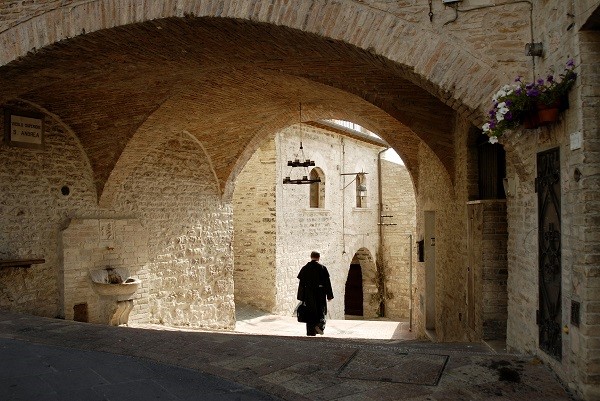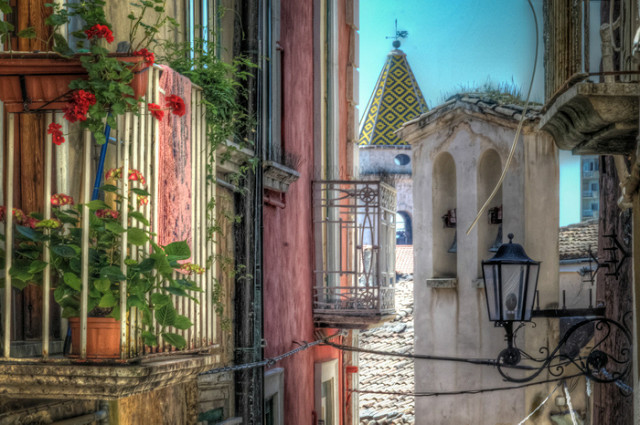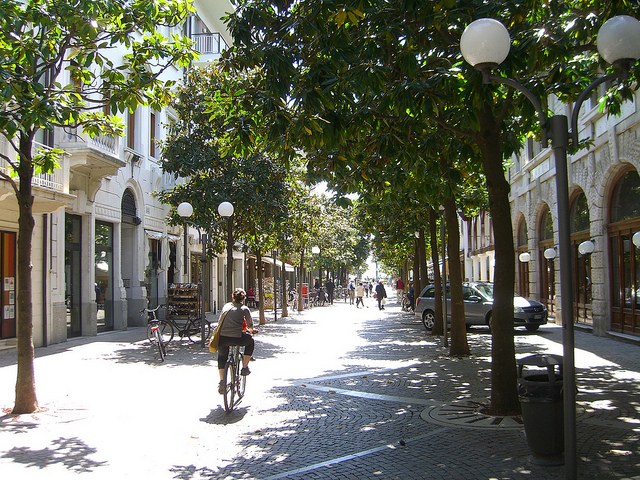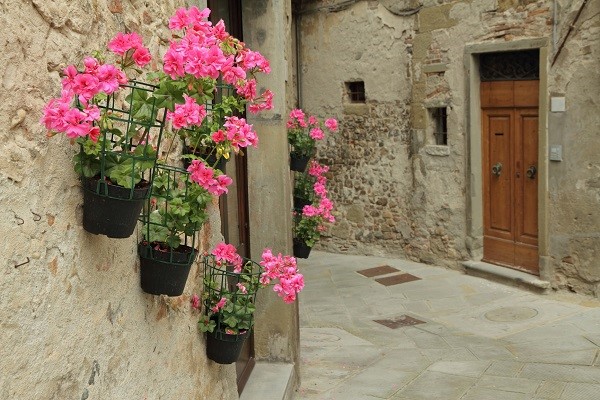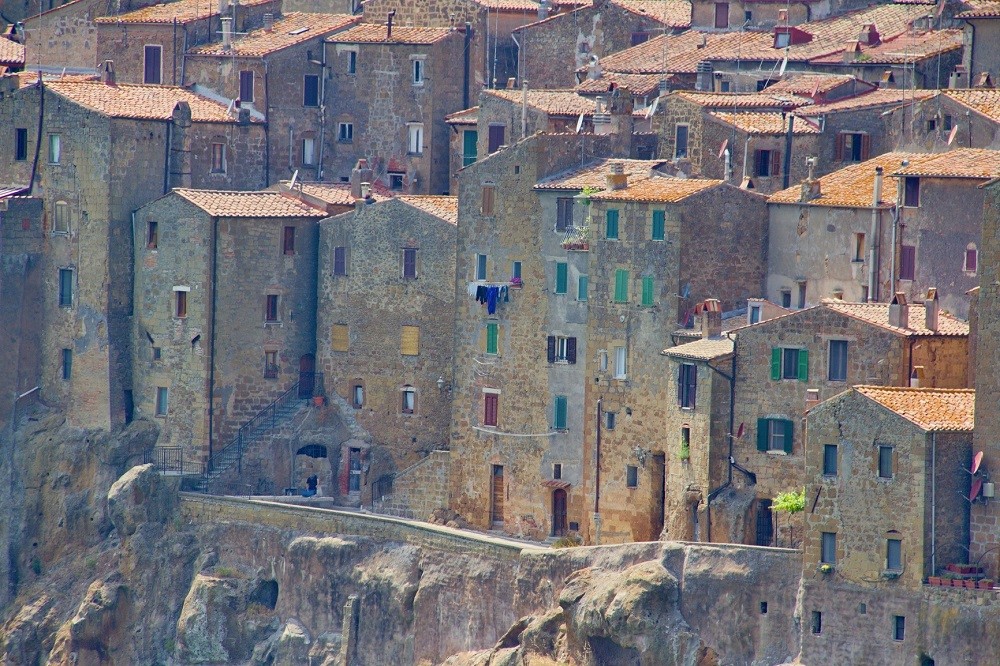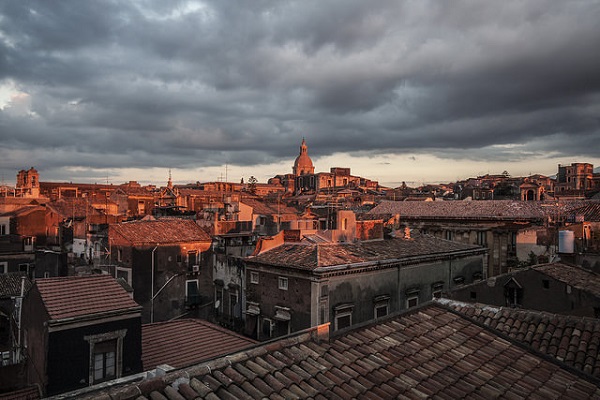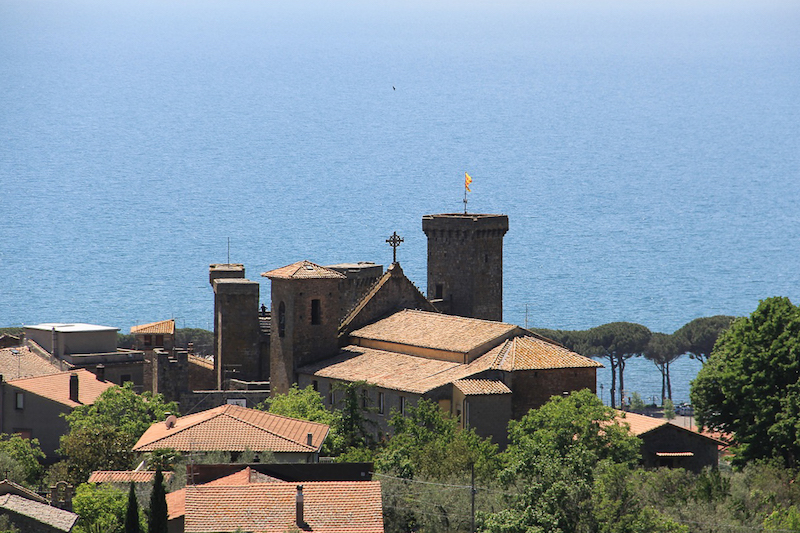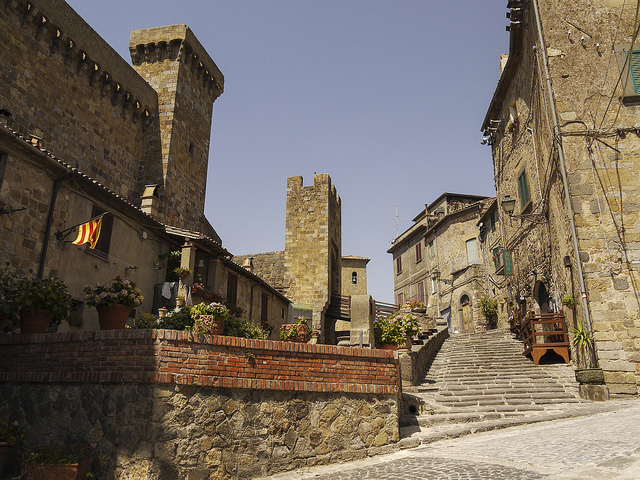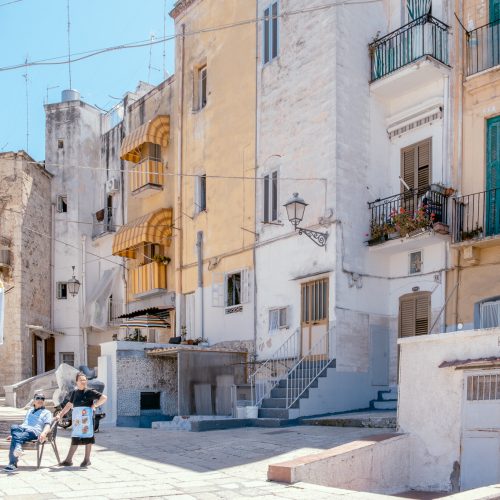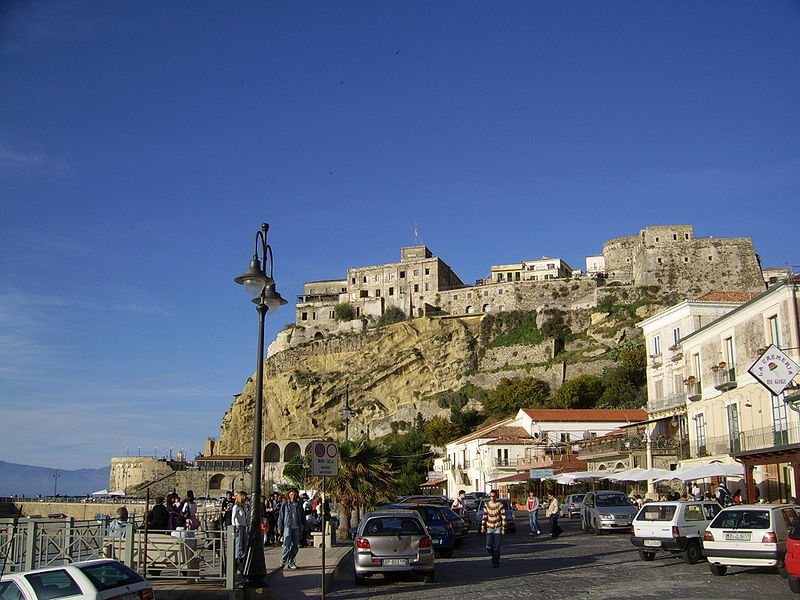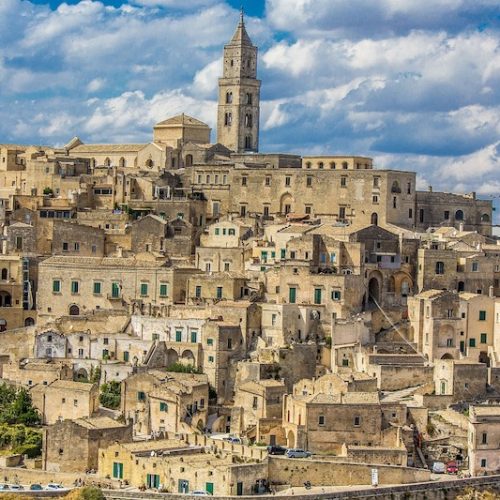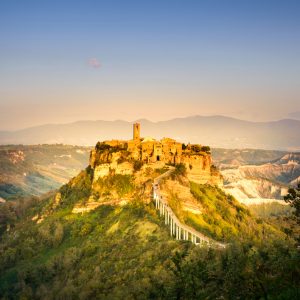Sicily has eight towns located on its southeast coast that were destroyed during an earthquake in 1693. Each of these towns were rebuilt in magnificent style that represents the high level of architectural and artistic achievement of what is known as Sicilian Baroque. These towns not only maintain the late Baroque style of the era, but also illustrate unique town planning.
 The Baroque Cathedral in Noto, Sicily
The Baroque Cathedral in Noto, Sicily
The Earthquake
54 cities and 300 villages were severely damaged during the 1693 Sicilian earthquake. The city of Catania was severely damaged and the city of Noto was completely destroyed since the epicenter of this disaster took place in Val di Noto. More than 100,000 people were reported dead and the surrounding towns like Ragusa, Modica, Scicli and Ispica were affected, however reconstruction for these places took place immediately.
The Rebuilding
The abundance of Baroque architecture that was used after the disaster is connected with the politics of Sicily. At this time Sicily was officially ruled by Spain, but this was passed to the native aristocrats which were chosen as viceroys and rulers. Among numerous aristocrats, the Duke of Camastra was appointed to conciliate the aristocracy.
 Baroque in Noto, Sicily
Baroque in Noto, Sicily
The Gentry class was left out since the aristocracy was more focused on Europe. During the 18th century, Silicy had a ruling class of 58 princess, 27 dukes, 37 marquesses, 26 counts, 1 viscount and 79 barons, the younger scions of the families, with their courtesy titles of nobile or baron. As per the Golden Book of the Sicilian nobility, the number of families who contributed was even more.
Listed below are the names of the cities of Val di Nato which played a significant role in the contribution.
Caltagirone
Caltagirone is a town in the province of Catania; it is located on the island of Sicily, about 70 km southwest of Catania. In 1693 this city was hit by a massive earthquake and since then many of the public and private buildings have been reconstructed in Baroque style. The main reason behind this is that Caltagirone is now connected to the surrounding territory where the area is protected by UNESCO World Heritage program.
This city has a distinct landmark, which is the monumental staircase of Santa Maria Monte which was built back in 1608 as a part of the old town.
 The Maiolica Staircase of Santa Maria Monte in Caltagirone. Ph. Tadek Kurpaski on flickr flic.kr/p/9MRZG3
The Maiolica Staircase of Santa Maria Monte in Caltagirone. Ph. Tadek Kurpaski on flickr flic.kr/p/9MRZG3
The best thing about this monument is that each step is customized and decorated with beautiful and unique hand made ceramics; you can see that the style and figures on these steps are derived from ancient tradition of pottery making. Every year on 25th July, which is the day of city’s patron (St. James) the staircase is decorated by lighting colorful candles.
Catania
Many of the ancient monuments from the Romans have been destroyed by numerous catastrophes. It’s an historical record that Catania has been buried by lava a total of seven times, and beneath the layers are the ancient Roman and the earlier Greek city. The Baroque city center of Catania is an UNESCO world heritage site together with the other towns of the Val di Noto, and main sights in the city today are the Duomo of Catania, the Abbey of Saint Agatha and the church of Saint Placid.
Modica
Even after the dangerous earthquakes of 1613 and 1693 and the floods in 1833 and 1902, Modica has been able to maintain some of its most beautiful Sicilian Baroque architecture. There is a big Baroque Cathedral dedicated to San Giorgio in this city.
There is also a church which has been dedicated to Pietro in Modica Bassa, and there is a front wall crowned by a classic Sicilian Baroque bell tower which is 49 meters in height.
 Modica and San Giorgio Church. Val di Noto, Sicily. Ph. Malega on flickr flic.kr/p/ejG94A
Modica and San Giorgio Church. Val di Noto, Sicily. Ph. Malega on flickr flic.kr/p/ejG94A
Noto
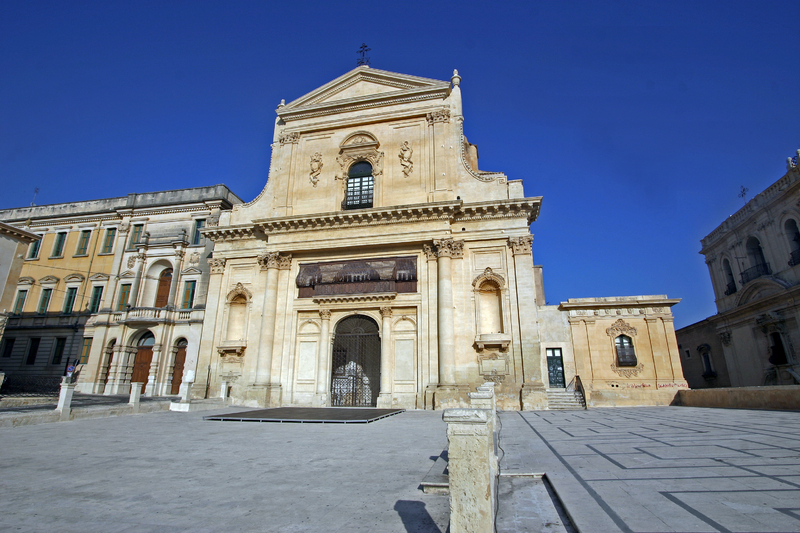 Saint Salvatore Church in Noto, Sicily
Saint Salvatore Church in Noto, Sicily
Noto is a city in the province of Syracuse, located 32 km southwest of the city of Syracuse at the foot of the Iblean Mountains. The town also gives the name to the surrounding valley, Val di Noto.
Noto was rebuilt on the river bank of the River Asinaro after the earthquake. The rebuilding of this town was planned on a system of grids by Giovanni Battista Landolina and it now occupies a position nearer to the Ionian Sea. With the presence and minds of great architects like Francesco Sortino, Rosario Gagliardi and others, Noto is truly a masterpiece of Sicilian Boroque architecture. It was dubbed the “Stone Garden” by Cesare Brandi and is presently listed in UNESCO World Heritage Sites.
 Palazzo Ducezio in Noto, Sicily
Palazzo Ducezio in Noto, Sicily
Ragusa
Ragusa was destroyed by a major earthquake in 1693, which killed about 5,000 inhabitants. Due to this calamity the city was mostly rebuilt, and most of the Baroque buildings in the region date from this era.
After the earthquake most of the population of the city moved to a new area in the old district of Patro, the new municipality was called “Ragusa Superiore” or higher Ragusa and the old city was called Ragusa Ibla, or “Inferiore” (Low Ragusa). These two cites remained separated till 1926, and after that the cities were merged in one to form the provincial capital in 1927 in place of Modica. Modica was the capital for the same district and most crowded and significant city until then.
The church of San Giovanni Battista is in Ragusa Superiore and is the main religious building there. The church was located originally in the western part of the old city. It was located beneath the walls of the castle, where the church of Saint Agnese is located today. A smaller structure was soon built in the area after the 1693 earthquake; however, it was not sufficient. The current structure was built from 1718 to 1778, with a front wall in classic Sicilian Baroque style.
 Ragusa, Sicily
Ragusa, SicilyPh. depositphotos/elisalocci

